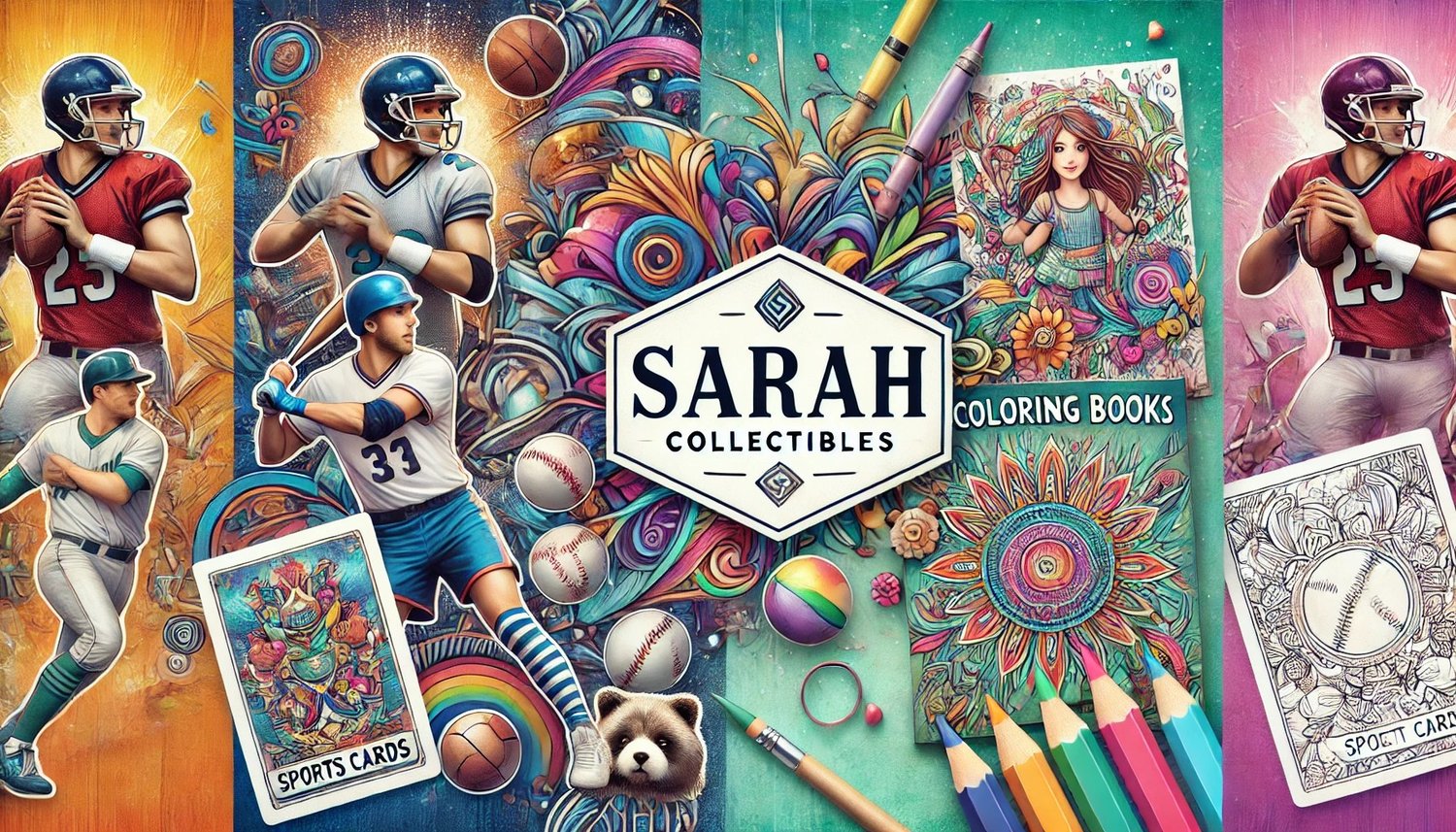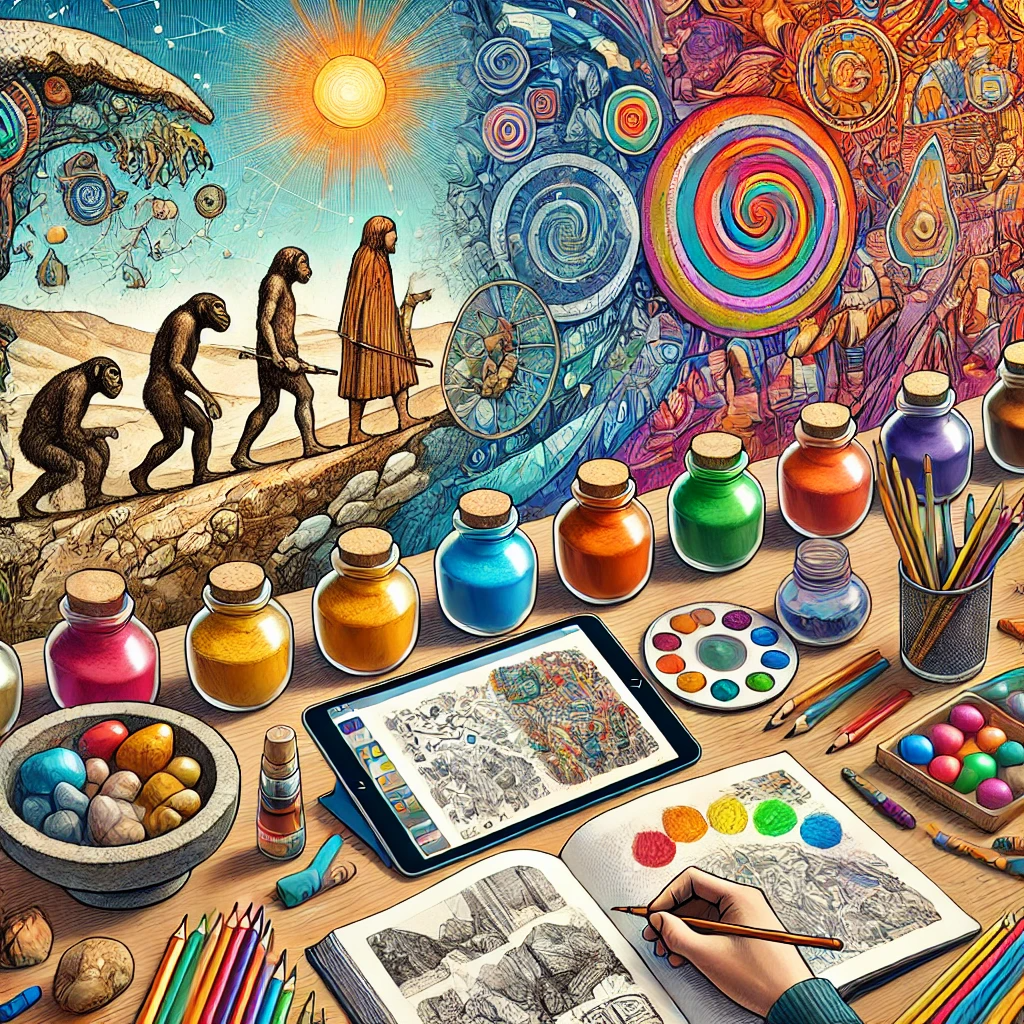Coloring is more than a simple pastime or artistic endeavor; it’s a blend of science, history, and creativity that has captivated humans for centuries. From the chemical processes behind pigments to the rich cultural heritage of coloring practices, this blog will delve into the fascinating world of coloring. Let’s explore its scientific roots and historical journey while optimizing for SEO to ensure readers discover this colorful story.
The Science of Coloring: Pigments, Perception, and Psychology
The Chemistry Behind Colors
Coloring begins with pigments, the substances that give color to materials. Natural pigments were the first to be used, derived from plants, minerals, and even insects. For instance, ancient Egyptians used malachite for green and lapis lazuli for blue. Today, synthetic pigments dominate, offering a broader range of hues and greater stability.
Key Scientific Concepts:
- Light and Color Perception: Our perception of color is rooted in light. When light hits an object, certain wavelengths are absorbed, and others are reflected, creating the colors we see. The human eye contains photoreceptors that detect these wavelengths, sending signals to the brain to interpret color. Additionally, factors like lighting conditions, surface texture, and surrounding colors can influence our perception.
- Additive vs. Subtractive Color: Additive color (used in digital screens) combines light’s primary colors—red, green, and blue—to create hues. Subtractive color (used in painting) involves mixing pigments to absorb light and produce color. The subtractive process is the basis of traditional art and printing, where cyan, magenta, and yellow are key.
- Chemical Composition of Pigments: Pigments are often classified as organic or inorganic. Organic pigments are carbon-based and found in nature, such as indigo. Inorganic pigments are mineral-based, like titanium dioxide, used in white paints.
The Psychology of Coloring
Coloring is not just a visual experience; it’s deeply psychological. Colors influence mood, behavior, and even physiological responses. For example:
- Red: Stimulates energy and can increase heart rate, often associated with passion and urgency.
- Blue: Promotes calmness and stability, making it popular in workplaces and bedrooms.
- Yellow: Evokes happiness and optimism but can cause anxiety in excessive amounts.
- Green: Represents growth and harmony, offering a soothing effect.
Understanding these effects can guide artists and designers in making intentional color choices.
SEO Keywords: color chemistry, light wavelengths, color perception, psychological effects of coloring
The History of Coloring: A Journey Through Time
Ancient Beginnings
The history of coloring dates back to prehistoric times, with early humans using natural dyes to create cave paintings. These works, such as those in Lascaux, France, showcase a rudimentary understanding of pigments and color application. Early tools included brushes made from animal hair and hollow bones used to blow pigment onto surfaces. Common pigments included ochre (red and yellow), charcoal (black), and chalk (white).
The Golden Age of Pigments
The Middle Ages and Renaissance marked a significant evolution in coloring techniques. Artists like Michelangelo and Da Vinci relied on expensive pigments such as ultramarine, made from crushed lapis lazuli, to create masterpieces. These colors symbolized wealth and status due to their rarity. Techniques like fresco painting and tempera allowed for durable and vibrant artworks.
The Industrial Revolution and Beyond
The 19th century brought the industrial revolution, which revolutionized the production of pigments. Synthetic dyes like mauveine were invented by accident during chemical experiments. These innovations made colors more accessible and affordable. This period also saw the rise of commercial coloring materials, including the invention of crayons in 1903 by Crayola, making coloring a widespread activity for children and adults alike.
Modern-Day Coloring: A Blend of Science and Art
Today, coloring is a multi-billion-dollar industry encompassing traditional media, digital art, and therapeutic tools. Adult coloring books, for example, highlight the calming effects of coloring on the mind, linking modern science with an age-old practice.
Emerging Trends:
- Eco-Friendly Materials: Sustainable coloring tools made from recycled or plant-based materials are gaining popularity. Brands are innovating with biodegradable packaging and non-toxic pigments.
- Digital Coloring: Apps and tablets enable artists to explore infinite color combinations with precision and ease. Popular platforms like Procreate and Adobe Fresco provide tools for blending, layering, and creating realistic effects.
- Augmented Reality: Interactive coloring experiences blend physical and digital worlds, bringing creations to life. For example, AR-enabled coloring books allow children to watch their colored characters animate on a screen.
- Color Therapy: Studies show that coloring can reduce anxiety and increase focus, making it a recommended activity for mindfulness and stress relief.
Conclusion: Coloring as a Timeless Art
The science and history of coloring are as vibrant as the colors themselves. From ancient cave paintings to modern digital art, coloring continues to evolve, blending the tangible and the technological. By understanding its scientific principles and historical roots, we gain a deeper appreciation for this universal form of expression. Whether as an art form, therapeutic tool, or recreational activity, coloring remains a timeless and cherished practice.
Call to Action: What do you think about the journey of coloring? Share your thoughts or favorite coloring memories in the comments below! Don’t forget to subscribe for more posts about the fascinating world of art and creativity.



Comments ()